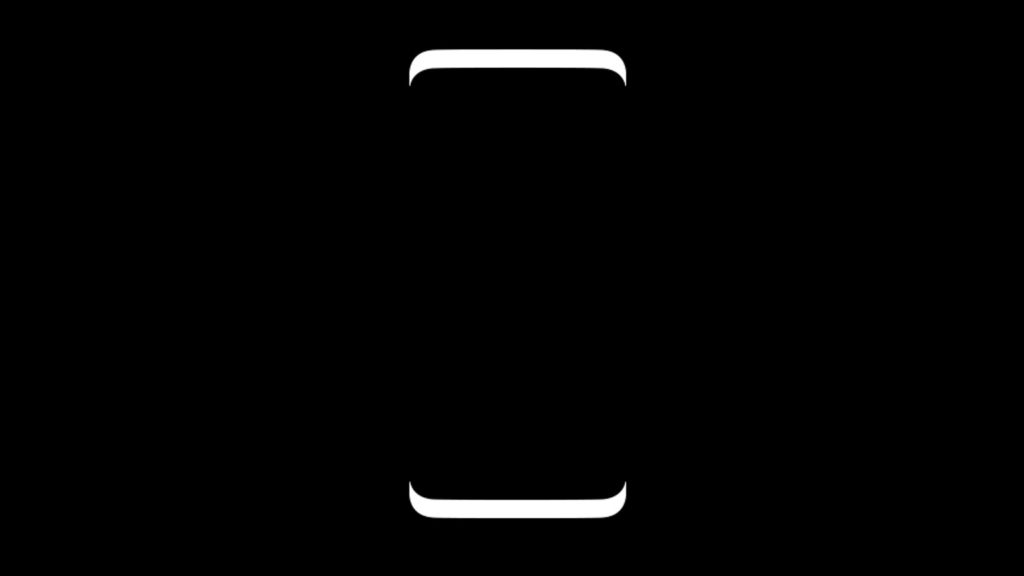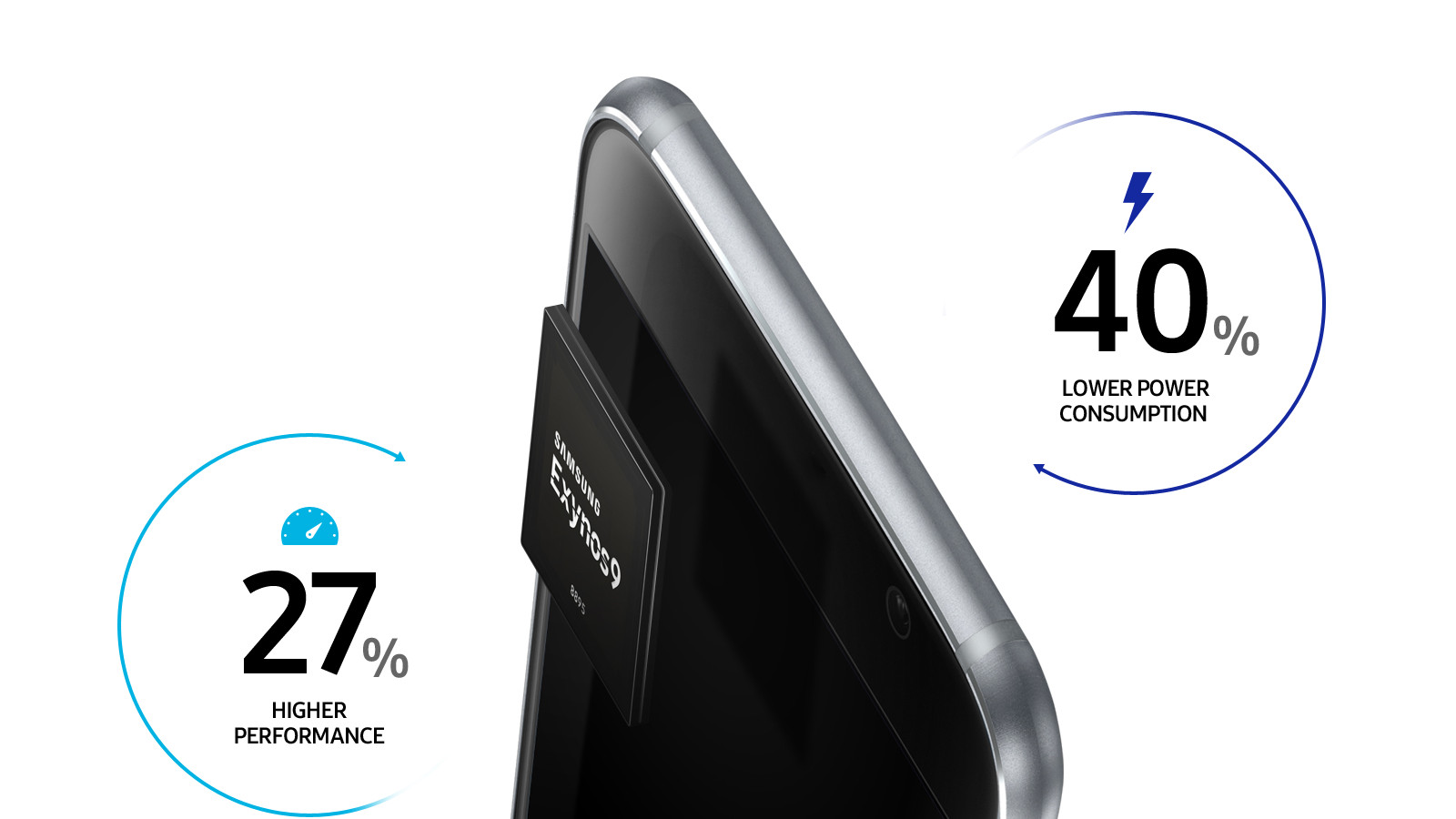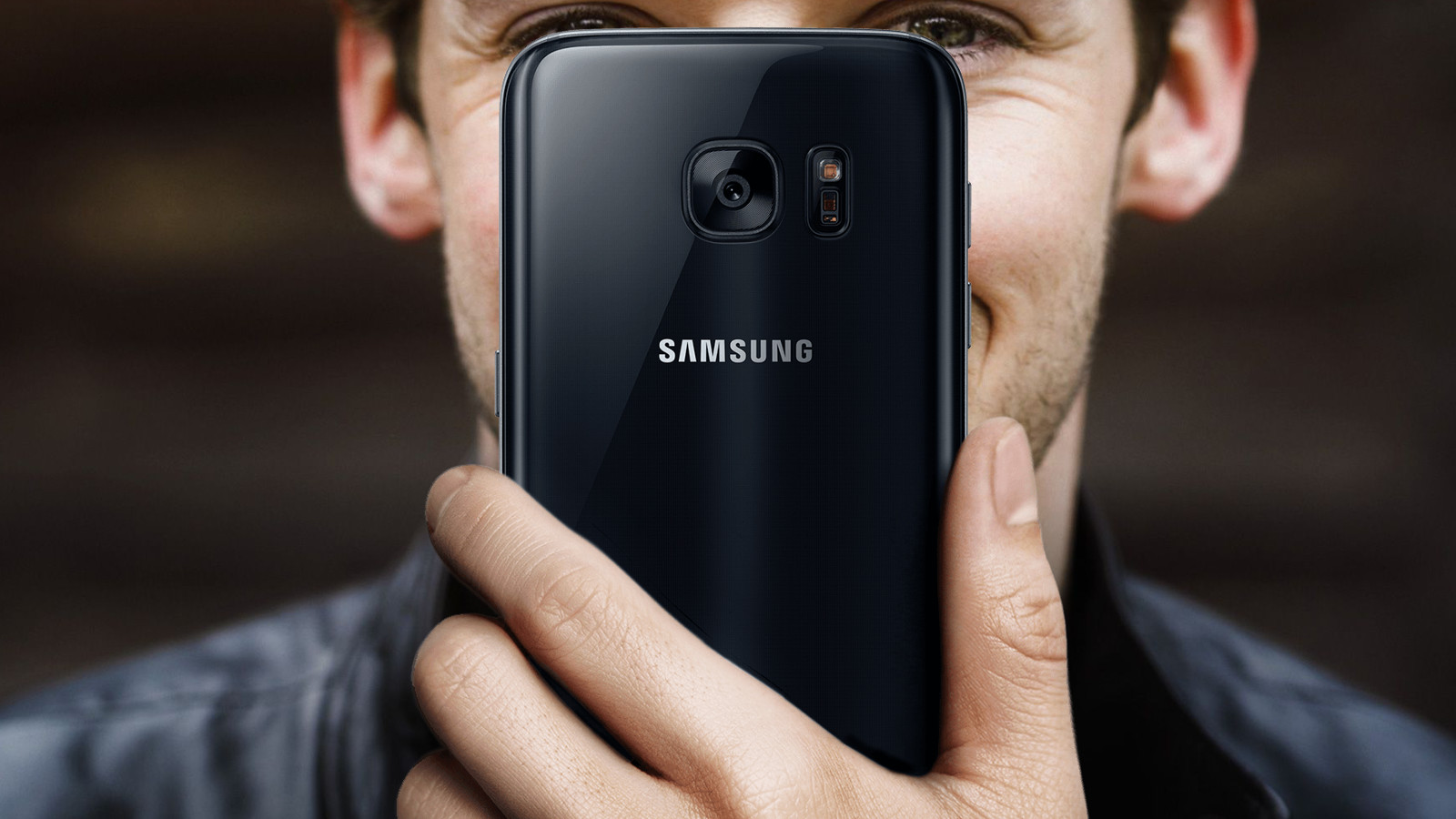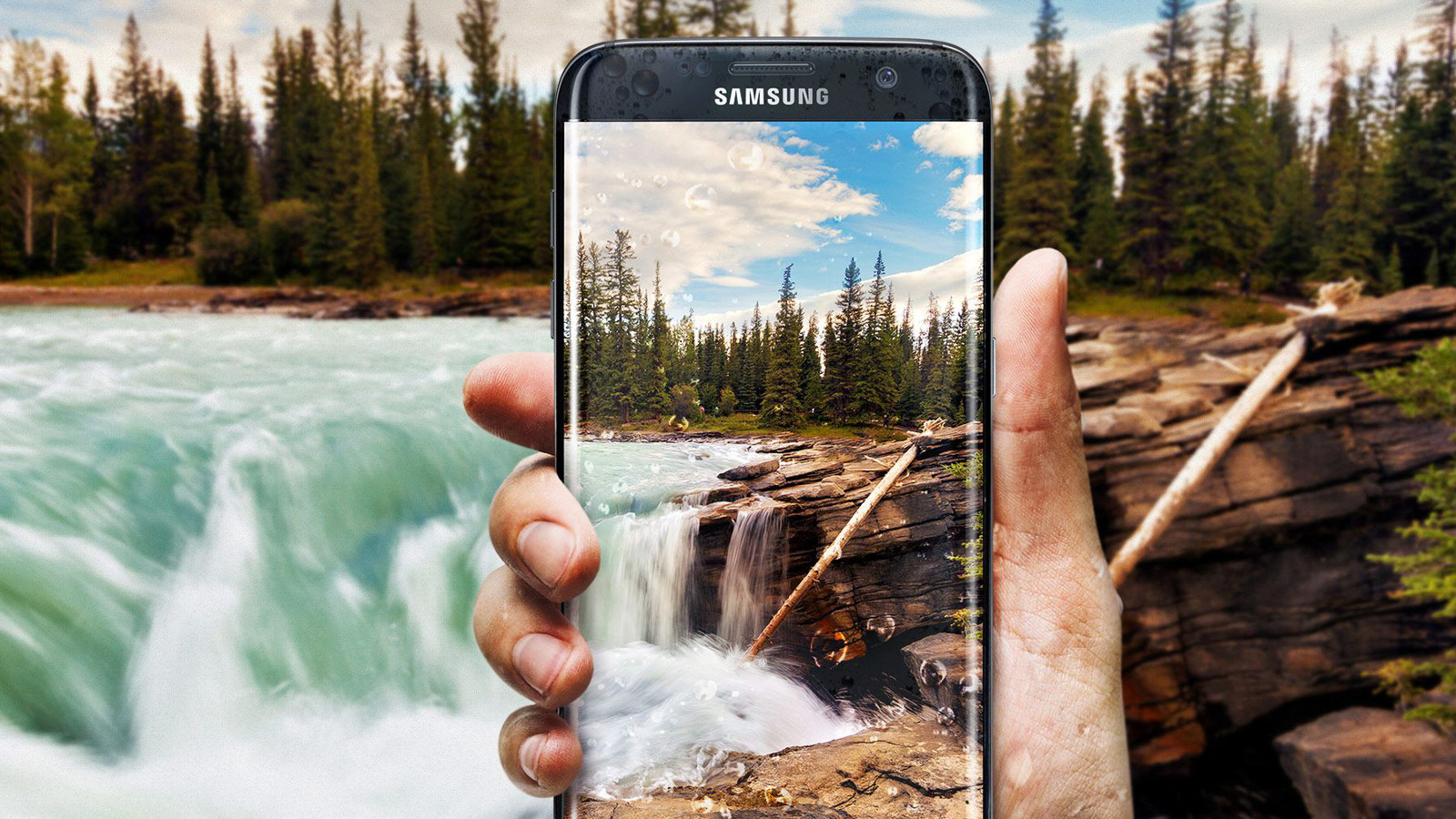Why South Africans Love an AI Fail Artificial intelligence is supposed to be serious business. It powers banks, telecoms, and even parts of government…
Samsung Galaxy S8: what to expect ahead of Wednesday reveal?

The Galaxy S7 and S7 Edge (review) were two of the industry’s best smartphones last year, but the spectre of the Note 7 looms large ahead of the Galaxy S8 reveal.
Samsung will hope to build on the critical and commercial acclaim of the S7 range, while also erasing memories of the ill-fated phablet. So how does the South Korean colossus plan to do this? Here’s what you should expect ahead of Wednesday’s reveal.
A high screen/body ratio
Samsung is expected to follow Xiaomi and LG by having super-thin bezels/borders. The leaks and marketing material certainly point to this being inevitable. As a result of this decision, we can expect far bigger screens in the same form factors, with 5.8 and 6.2-inch screens in the S8 and S8+.
It’s also expected that these screens will be slightly sharper than the 2560×1440 standard of recent years. After all, LG’s G6 has a tall 2800×1440 screen. Samsung is also expected to pack a curved screen across both models, with no flat screen variant available unfortunately.
Another expected feature is HDR capabilities, following in the Note 7’s footsteps. It really does seem like mobile HDR will be a trend this year too. Now, about Netflix and Amazon updating their apps to support the standard…
Under the hood
Samsung has traditionally used a combination of its in-house Exynos chips and Qualcomm’s Snapdragon silicon — expect this arrangement to continue.
This year, we’re expecting the Exynos 8895 and Snapdragon 835 chips to be used. The latter is big news, as Samsung apparently struck a deal to have dibs on these Qualcomm chips. This has forced the likes of LG and HTC to use the still-capable Snapdragon 821 or wait it out, in the case of Sony.
If history is anything to go by, South Africans can expect the Exynos version to be available locally. The Samsung-made chip also has a dedicated visual processing unit (VPU), meant for object recognition, video tracking and more, but more on that in a bit.
As for the RAM, we haven’t heard too much in this department, but 4GB of RAM seems like the most likely option. Don’t completely rule out a version with 6GB though.
Don’t expect a bigger battery though, as word is that the new phones will maintain the 3000mAh and 3500mAh packs of last year’s handsets. Here’s hoping Samsung surprises us — or the hardware is more efficient.
A desktop dock
Microsoft showed a tantalising glimpse of the future when it revealed Continuum for Phones, allowing Windows Phone owners to have a PC-like experience by docking their handset.
And all signs point to Samsung doing the same, in the form of the DeX (desktop experience) dock, WinFuture reports. Much like the Continuum Dock, Galaxy S8 users will be able to output a desktop-style experience via this dock, while also getting extra USB ports, a USB Type-C port, Ethernet jack, cooling fan and HDMI output.
It’s unclear if the dock will be bundled with the phone, but it’s expected to retail for €150 nonetheless. However, conventional wisdom says that peripherals should be bundled with purchases to encourage usage.
Camera
Leaks have pegged a similar camera to the Galaxy S7, in the form of a 12MP f/1.7 main “dual pixel” snapper. However, expect a few additions to the formula, if the latest reports are anything to go on.
The Galaxy S8 has been rumoured to feature 1000fps slow-motion video recording, rivalling Sony’s Xperia XZ Premium. It’s believed that Samsung used a similar approach to the Japanese firm, attaching a small amount of fast DRAM to the camera sensor. The XZ Premium is only able to record one second of 960fps video as a result of this approach, so don’t expect minutes of super slow-mo on the Galaxy S8 — if it does indeed have this feature.
Then there’s the aforementioned VPU on the Exynos chip… A second rumour is that the new flagship’s camera will have advanced augmented reality and object recognition technology, presumably aided by the VPU. How advanced will this tech be? Well, we don’t know yet…
The Galaxy S8 looks like a solid upgrade over the rather fantastic S7 range
Anyway, the same report behind the 1000fps claim says that Samsung is packing an 8MP selfie camera. This is definitely conceivable, given the fact that many other high-end brands have opted to do the same.
The Exynos 8895 also packs support for 4K/120fps recording. This doesn’t necessarily mean we’ll see it on the Galaxy S8, as last year’s Exynos 8890 supported 1080p at 320fps (but the S7 didn’t have it).
It’s worth noting that the Exynos 8895 touts dual-camera technology (28MP+16MP), but Samsung has been one of many holdouts in this arena. After all, two isn’t always necessarily better than one, as the Galaxy S7, Google Pixel and iPhone 7 Plus showed.
The Bixby assistant is official
Samsung’s S-Voice was its own take on Google Now and Siri, but it faded into obscurity as rivals streaked ahead. Now, Samsung has sought to reinvent the wheel with the Bixby AI assistant, having confirmed that it’ll be coming to the Galaxy S8.
Revealed last week, Bixby hopes to make voice commands a more comfortable, intuitive experience. More importantly, perhaps, is that Samsung claims there won’t be as large a functionality gap between voice and touch input.
“When an application becomes Bixby-enabled, Bixby will be able to support almost every task that the application is capable of performing using the conventional interface (ie. touch commands),” Samsung noted.
Another cool feature touted by the assistant is the ability to use touch or voice in a supported app, albeit in a more seamless way.
“Bixby will allow users to weave various modes of interactions including touch or voice at any context of the application, whichever they feel is most comfortable and intuitive.”
Iris scanning? Water-resistance? What else?
Speaking of Bixby, Samsung noted in its reveal that its next device would have a dedicated button to call up the assistant. Here’s hoping users can customise the button if they don’t care for the service…
As for other extra hardware, Samsung is reportedly adding an iris scanner to the Galaxy S8, following in the footsteps of the Galaxy Note 7. But fingerprint scanner fans can expect this form of authentication to stay, albeit on the back of the phone this time (owing to the thin bezels).
The move to put the fingerprint scanner on the back also means that Samsung is switching from a physical home button to virtual buttons for the first time.
Other than these changes, you should expect the same IP68 water/dust resistance as well as an earphone jack. Because the latter is a noteworthy feature now.
In any event, we’ll be able to separate truth from rumour on Wednesday, so stay tuned then!
We’ll be in Johannesburg for the Galaxy S8 live-stream on Wednesday. If it’s anything like the Note 7 event, we can expect demo units to be available as well.




